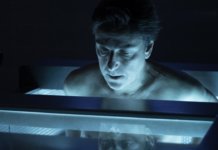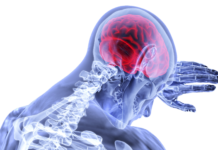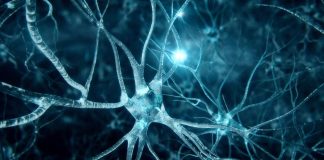What is Transcranial Magnetic Stimulation?
When it comes to transcranial magnetic stimulation, one suddenly pictures shock therapy, torture chambers, teeths clenched on a stick and the muffled cries of a victim tied to an ancient electric chair. This could not be further from the truth.
The transcranial magnetic stimulation technique is still widely used to treat drug-resistant depression, and was subjected to many studies in the field of neuro-degenerative diseases. It works by sending light electrical shocks to specific areas of the brain [1, 3] and it is distinct from direct current stimulation. The first type of stimulation is achieved by placing a magnet above the targeted area which will induce fast magnetic field changes and eventually an electric field in the brain. With the second one, it is indeed “shock therapy” as we know it, with the application of a direct electrical current through electrodes. Since neurons work with a potential for electrical action that gets transmitted by jumping over the axones’ myelin sheathing, the application of a current alters those functions and allows to diagnose conduction issues (such as with multiple sclerosis) or to treat diseases (such as depression) by rebooting neuronal networks [1, 2, 3].
How to use it to treat and prevent neurodegenerative diseases
In order to prescribe the right treatment, if there is a need for it, neurodegenerative diseases must be properly diagnosed. This makes the process tricky for Alzheimer’s disease, Parkinson’s, dementia with Lewy bodies, or supra-nuclear paralysis: the diagnosis can only be 100% confirmed during the autopsy, and the first stages of thoses diseases can look very much alike, when they don’t completely superpose. Repeated transcranial magnetic stimulation (rTMS) helps to isolate Parkinson’s disease from the other types of dementia [4]. It can also distinguish Alzheimer’s disease from fronto-temporal dementia [5], which makes it an important tool since both types of dementia are often mistaken for one another. Other diagnostic applications are being developped and could bring important information to the table when it comes to proper patient care.
Once a diagnosis is established, different dementia types must be treated. Many studies have looked into transcranial stimulation, either direct of magnetic. With Alzheimer’s disease, the results are conclusive but only on the short term [6], and treatments must be adapted and coupled with cognitive training. In mice, an early treatment with memory training has shown a very good efficiency of rTMS treatments [7]. In Parkinson’s diseases, the results are promising [8].
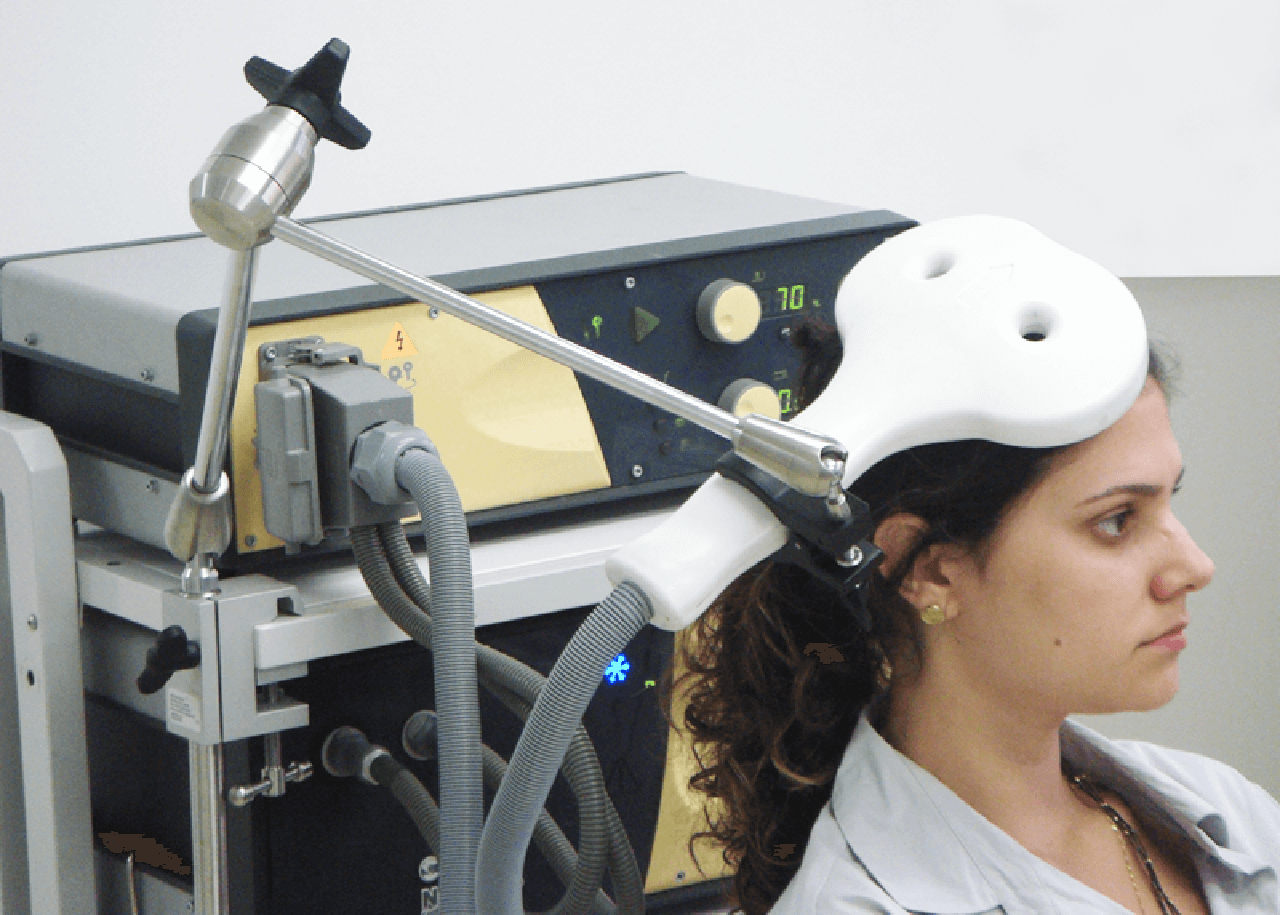
Towards inflammation regulation in neurodegenerative diseases?
More and more studies show the effect of low-frequency magnetic stimulation on neuro-immune system cells, which activates the microglia through the augmented secretion of ROS (reactive owygen species), cytokines, and through their phagocytosis function [9]. It appears today that magnetic stimulation also affects cell oxidation which would give them a neuro-protective and anti-inflammatory effect [9]. The results of these in vivo and in vitro studies give us interesting leads, although the mechanisms are still not absolutely clear to us at the molecular level.
Dr. Marion Tible

Author/Reviewer
Auteure/Relectrice
Marion Tible has a PhD in cellular biology and physiopathology. Formerly a researcher in thematics varying from cardiology to neurodegenerative diseases, she is now part of Long Long Life team and is involved in scientific writing and anti-aging research.
More about the Long Long Life team
Marion Tible est docteur en biologie cellulaire et physiopathologie. Ancienne chercheuse dans des thématiques oscillant de la cardiologie aux maladies neurodégénératives, elle est aujourd’hui impliquée au sein de Long Long Life pour la rédaction scientifique et la recherche contre le vieillissement.
En savoir plus sur l’équipe de Long Long Life
References
[1] Groppa, S, Oliviero, A et al. “A practical guide to diagnostic transcranial magnetic stimulation: Report of an IFCN committee”. Clinical Neurophysiology. 2012, 123 (5): 858–882.
[2] Lefaucheur, JP; et al. “Evidence-based guidelines on the therapeutic use of repetitive transcranial magnetic stimulation (rTMS)”. Clinical Neurophysiology. 2014, 125 (11): 2150–2206.
[3] George, MS; Post, RM “Daily Left Prefrontal Repetitive Transcranial Magnetic Stimulation for Acute Treatment of Medication-Resistant Depression”. American Journal of Psychiatry. 2011, 168 (4): 356–364.
[4] Benussi A, Dell’Era V et al. « Discrimination of atypical parkinsonisms with transcranial magnetic stimulation. » Brain Stimul. 2017 Nov 22. S1935-861X(17)30969-5.
[5] Benussi A, Di Lorenzo F et al. « Transcranial magnetic stimulation distinguishes Alzheimer disease from frontotemporal dementia. » Neurology. 2017 Aug 15;89(7):665-672.
[6] Raffaele Nardone, Jürgen Bergmann, Monica Christova, et al., “Effect of Transcranial Brain Stimulation for the Treatment of Alzheimer Disease: A Review,” International Journal of Alzheimer’s Disease, 2012, ID 687909, 5 pages.
[7] Hampstead BM, Sathian K, Bikson M, Stringer AY. « Combined mnemonic strategy training and high-definition transcranial direct current stimulation for memory deficits in mild cognitive impairment. » Alzheimer’s & Dementia : Translational Research & Clinical Interventions. 2017; 3(3):459-470.
[8] Benninger DH, Lomarev M, Lopez G, et al « Transcranial direct current stimulation for the treatment of Parkinson’s disease » Journal of Neurology, Neurosurgery & Psychiatry 2010; 81:1105-1111.
[9] Guerriero F, Ricevuti G. Extremely low frequency electromagnetic fields stimulation modulates autoimmunity and immune responses: a possible immuno-modulatory therapeutic effect in neurodegenerative diseases. Neural Regeneration Research. 2016;11(12):1888-1895.


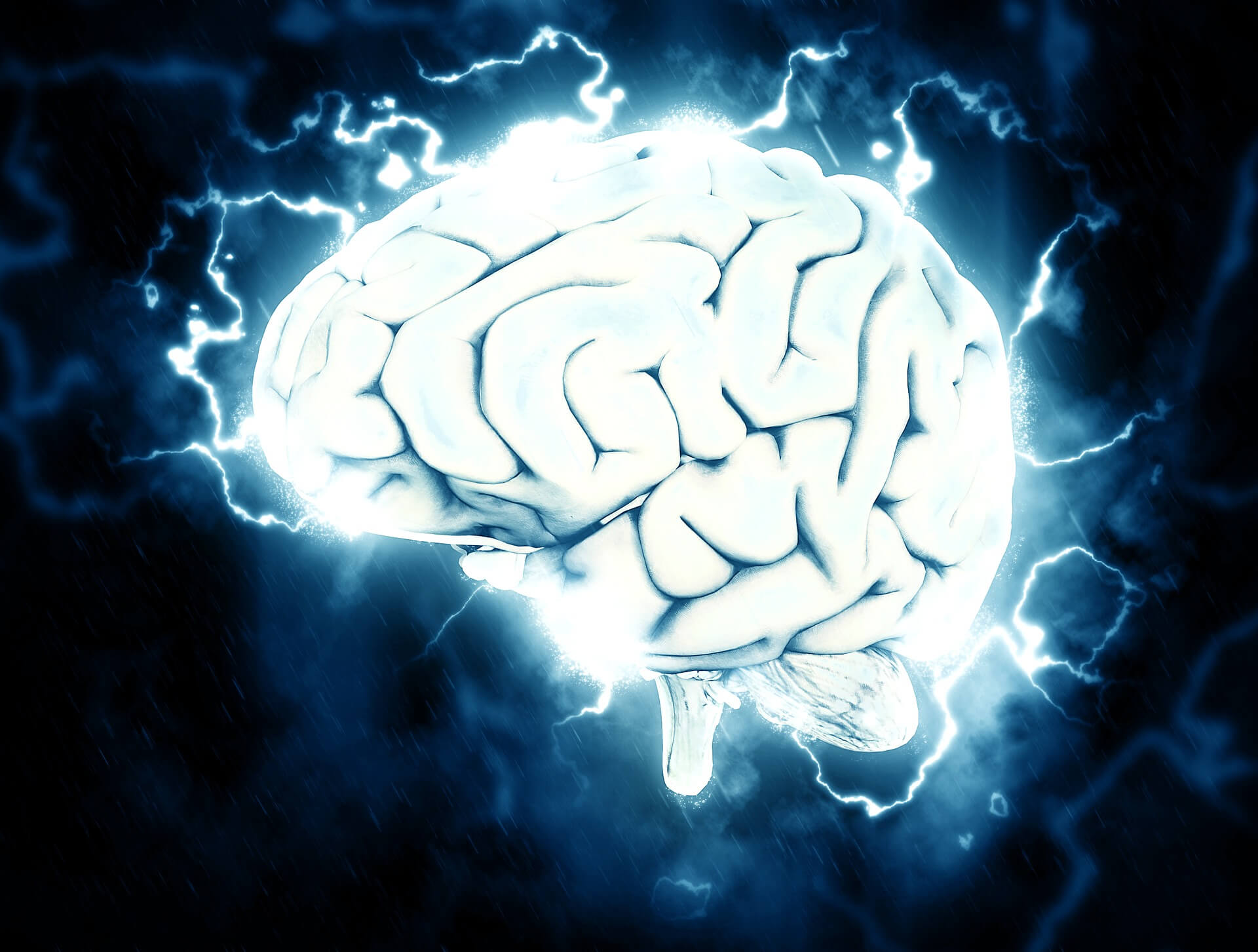
![[Video] Eurosymposium on Healthy Ageing, Brussels, 2018 Eurosymposium on Healthy Aging](https://www.longlonglife.org/wp-content/uploads/2019/07/P1310252-218x150.jpg)


